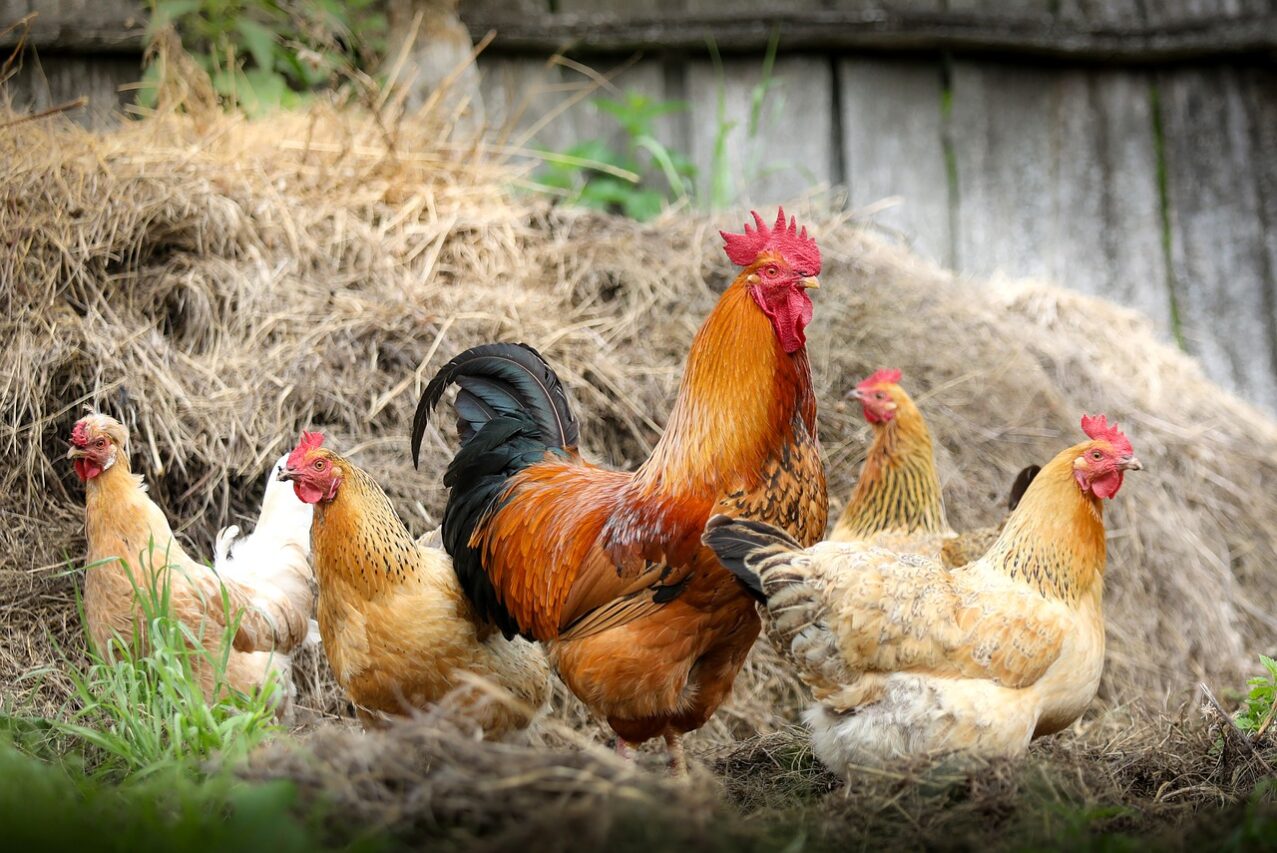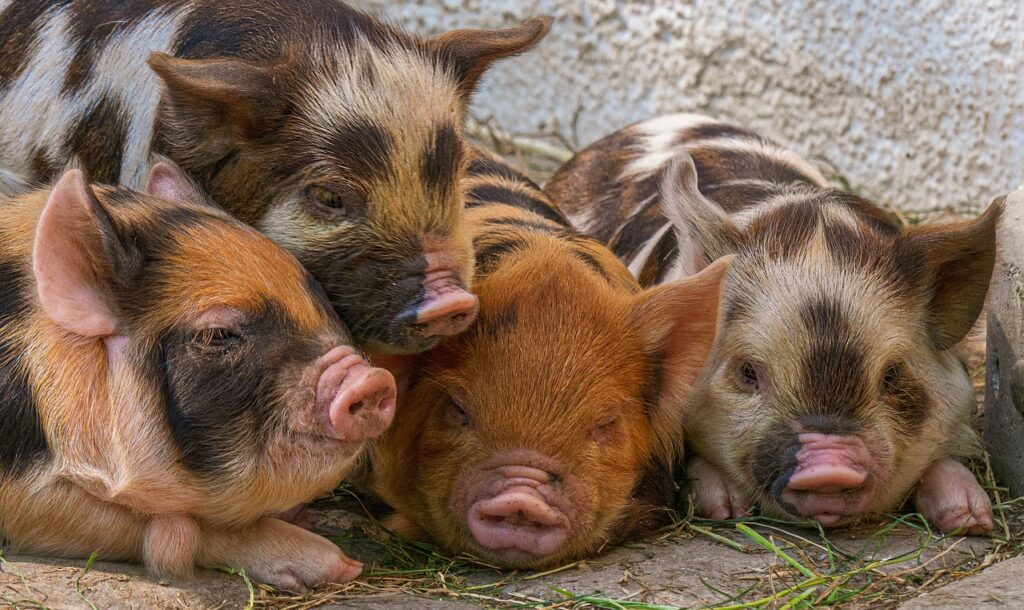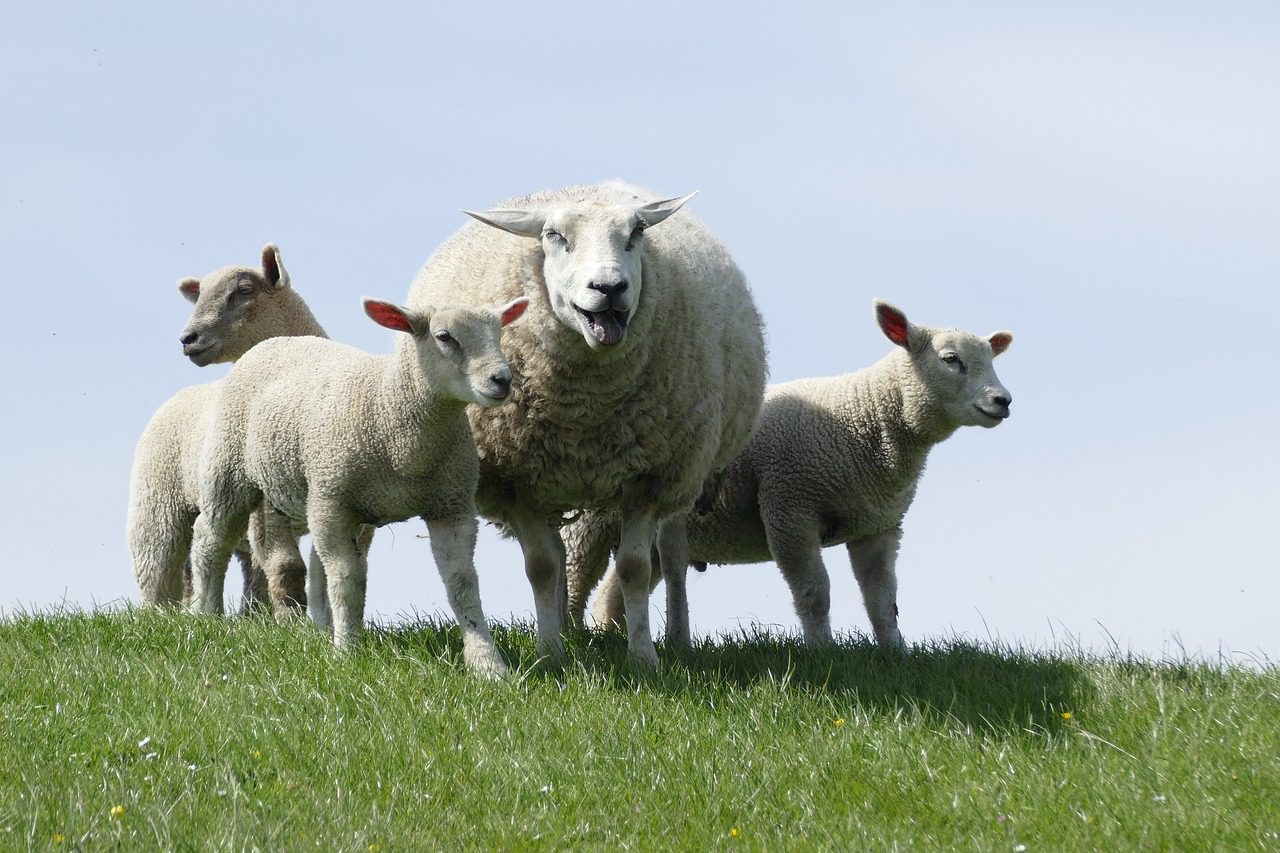As long as livestock stays an integral part of the agricultural society, the demand for quality farm animal feed will remain high. The large variety of animals on any farm, whether ducks, horses, chickens, or cows, need different feeds to accommodate their requirements. Each type of feed has its benefits and uses, as per the animals’ nutritional needs.
You can classify animal feeds into two categories, i.e., concentrates and roughages. The former includes:
- Cereal grains (barley, wheat, and rye).
- High protein cakes, including oil meals (soybean and peanut).
- By-products (sugarcane and sugar beets).
The latter includes pasture grasses, straw, and root crops. Keeping this classification in mind, here’s a detailed overview of five different types of animal feeds.
Cereal Grains and The By-Products
In Northern Europe and North America, the farmers use rye, corn, oats, and sorghums almost entirely as animal feed. Only small quantities of it are kept aside for human consumption.
It is essential to remember that such grains’ production is seasonal because of temperature constraints and moisture levels. Thus, the animal farm owner needs to stock a full year’s supply during this limited season and dry them to bring down the moisture such that there is no molding or sprouting. At times, they store more than the annual supply of grains just as a safety net if there are crop failures.
High-Protein Oil Meals or Cakes
Vegetable seeds, such as soybeans, flaxseed, sunflower seeds, and groundnuts, are produced mainly as the oil source for industrial uses and human food. The seeds get processed to remove the residues and the oil, leaving about five percent or less fat and twenty percent protein, and are popular as a type of animal feed.
Groundnuts and cottonseed contain woody shells and hulls usually removed before their processing. When the shells or hulls remain intact, their by-products become rich in fiber and offer low energy value and protein.
The protein quality of the meals depends on the availability and levels of amino acids present in them. These only need nitrogen or protein sources for the microbial synthesis of amino acids, which is crucial for the animals’ better growth.
By-Products of Sugarcane or Sugar Beet
The sugar beet industry provides beet tops for use either as ensiled or fresh feed for the animals’ farm. Animal feed also includes beet molasses and dried pulp of beet made in the sugar factories. Another necessary feed is cane molasses, a type of residue derived from manufacturing cane sugar.
All of these form high-quality, palatable sources of carbs for the animals. The stalk residue from sugarcane is hard to digest, fibrous, and doesn’t rank too high on the feed value. In parts of Europe, people mainly cultivate some root vegetables like beets as farm animal feed.
Dried citrus pulp and citrus molasses are usually available at a low price as the juice industry’s by-products. These also form high-quality feed for sheep and cattle.
Root Crops and Pastures
Most farm owners and farmers do not use root crops as animals feed these days like they used to do in the past, mainly for economic reasons. Turnips, cassava, rutabagas, beets, and even surplus potatoes are also suitable as feed. These are low in protein and dry matter, even though they are good sources of energy.
Legumes and pasture grasses, both cultivated and native, happen to be the most crucial single food source for cattle, goats, sheep, and horses. In the right season, they constitute a significant portion of animal feed because these offer the correct dose of nutrition at a lower cost than processed food. There are hundreds of trees, bushes, legumes, and grasses acceptable as animal feed for the grazing animals.
Hulls and Straw
You can utilize the remaining straw after harvesting rice, barley, oats, and wheat crops; you can utilize the remaining straw as animal feed for cattle, goats, and horses. Hulls and straws are rich in fiber and low in protein, so this digestibility is scarce.
It’s worth noting that straw is only helpful in maintaining mature animals when there is a lack of other feed. Otherwise, these are way too low in nutrients to fulfill the nutritional requirement of animals without different feeds added to the mix.
Treating straw and hulls with alkali can increase the ease of digesting the cellulose, and thus, the value of these as energy sources for the animals is enhanced.
Signing Off
Besides the five types mentioned above, farm owners also use fodder, compound feeds, and forage. Where fodder or plant matter is suitable for all domestic animals, commercial farmers mostly use combination feeds or feedstuff. They make it with various raw materials and additives based on the needs of the particular animals. So, if you have livestock or animals, do not forget to check each product for due diligence.
Featured Image Credits: Pixabay









